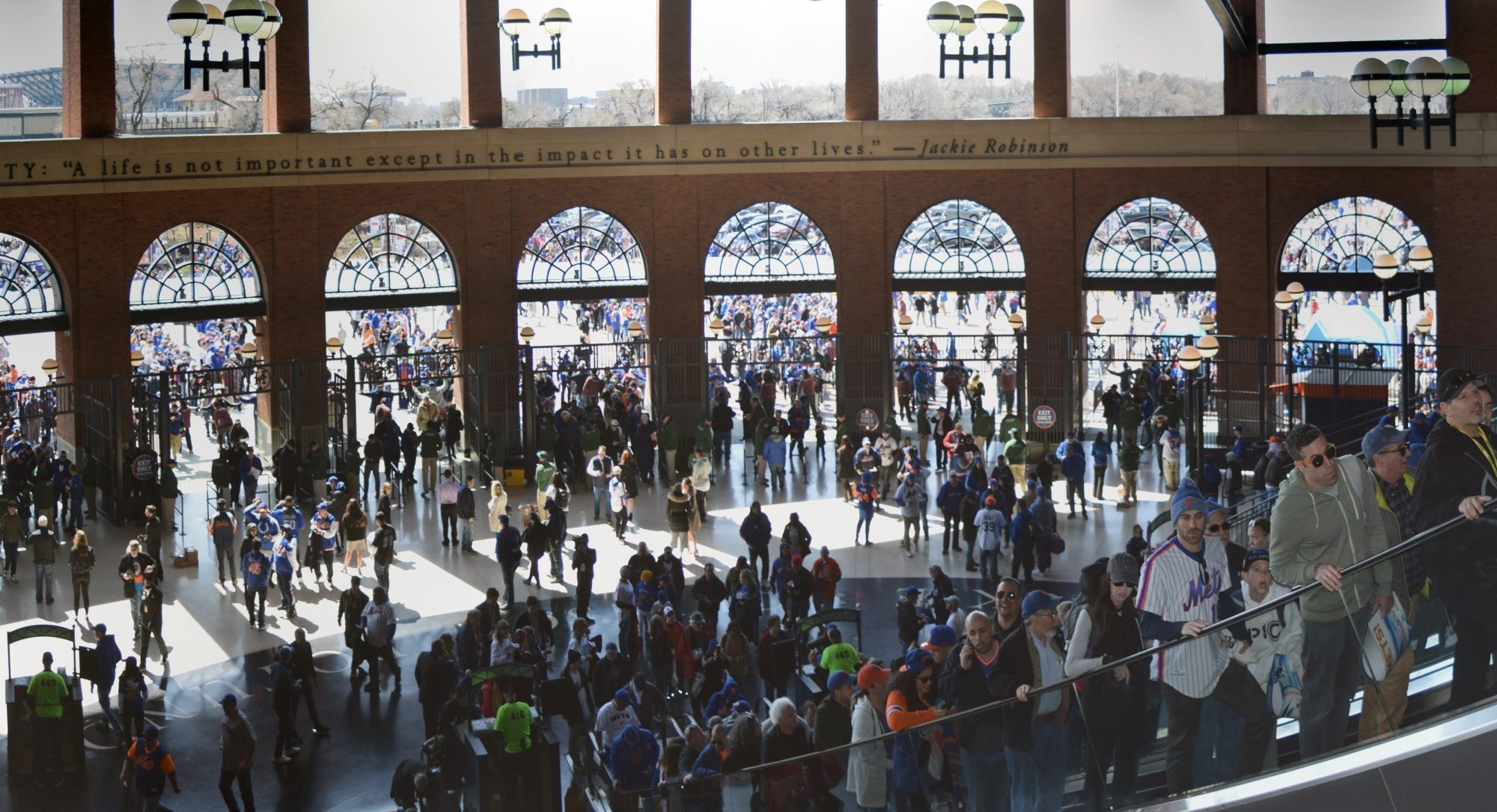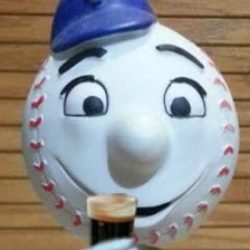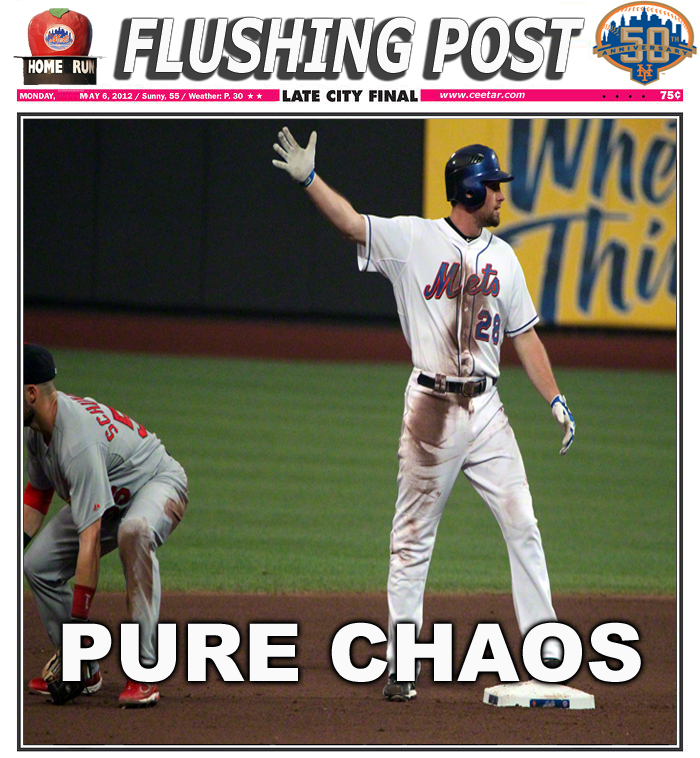Tim Byrdak will be on the disabled list until at least May. This opens up a competition for lefty reliever in a Mets camp that hadn’t previously had a lot of jobs available. Couple that with Scott Hairston‘s injury, and the door is open for some guys to make the team that previously didn’t have much of a chance.
This may not be a bad thing. Tim Byrdak settled down after a bad start, but he wasn’t making anyone forget Pedro Feliciano. Similiarly, Scott Hairston ended up with pretty decent numbers, but his numbers against lefties were down from his career numbers. Neither of these guys are what one would call irreplaceable, and opening up the job to others may result in the Mets finding some that even does the job better.
Certainly none of these jobs are high-impact jobs. Byrdak pitched merely 37 innings last year, and Hairston only had 145 plate appearances. So even if the Mets couldn’t find replacements that would do as good a job, the overall effect on the Mets will be minimal. Other pitchers will get a chance to get outs, and the right-handed pinch-hitting duties will be filled by someone that gets that job done. Ronny Cedeno and Justin Turner both figure to get some of them anyway, so it’s unlikely the Mets even notice Scott Hairston is gone, unless further injury happens.
Chuck James, Danny Herrera, Garrett Olsen, and perhaps Robert Carson or Josh Edgin, are the guys pegged to replace Bydrak. Vinny Rottino, Adam Loewen, Mike Baxter, and maybe Kirk Nieuwenhuis are the guys in line to replace Scott Hairston and were already competing for a bench spot. Now two of them will likely get a chance. None of these guys is likely to come in and make a huge difference, but it’s certainly possible they can at least approximate what Byrdak and Hairston did last year. There is also the possibility of Sandy Alderson adding someone late in Spring Training to fill a role.
Depth is what gets hurt when you have to go to the next in line. Even if the next in line guys are better you run the risk of further injury forcing you to play someone completely not ready, or not very good. Lack of depth has been a buzzword to describe the Mets this spring, perhaps unfairly. In this case the Mets have suitable guys on the depth chart to step in. That’s the not the case for every position certainly, but if you look around most major league camps you don’t find prospects nipping at the heels of most position players, and you certainly don’t find talented major league veterans just hanging out in AAA waiting to help out. The Phillies for example have guys like Michael Martinez, Ty Wigginton, and Scott Podsednik floating around on various parts of their depth chart. Depth is a fluid concept, and Sandy Alderson has suggested there’s room in the budget to make some in-season adjustments. So what you see is not necessarily the whole picture.
I’m interested in seeing how these guys do with a chance to crack the roster. Hopefully fostering this competition will be good for them, and the Mets will go north with guys ready to contribute in these roles.


